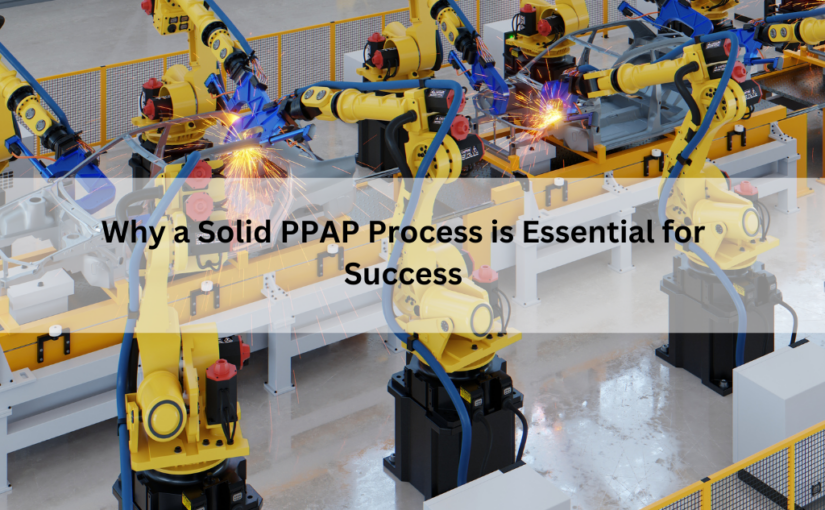Maintaining Product Life Cycle, the key to Product success.
 and launch phase are considered to be the most crucial aspect of Product success in the overall Product Life Cycle. The criticality of sustaining the product through its life cycle is often ignored by the manufacturers. With rapid enhancements in technology and mandatory compliance to new safety, power efficiency and environmental standards, the effort to sustain a product has today become important. Competition with newer products is also seen to be impacting the Product sustenance.
and launch phase are considered to be the most crucial aspect of Product success in the overall Product Life Cycle. The criticality of sustaining the product through its life cycle is often ignored by the manufacturers. With rapid enhancements in technology and mandatory compliance to new safety, power efficiency and environmental standards, the effort to sustain a product has today become important. Competition with newer products is also seen to be impacting the Product sustenance.
During the design phase, the design engineers take utmost care to ensure longevity of the product. However, sooner or later, the task of sustaining the product is bound to arise and thus needs to be a prominent phase of the product life cycle. Several activities can be performed by the manufacturer to ensure continued Life Cycle of the product. We here are highlighting on some of the crucial parameters that the manufacturer needs to bear in mind.
Effective sustenance of a product requires proactive action. It is critical to detect potential hurdles as early as possible. A basic and essential task is a periodic Life Cycle Analysis on every part of the BOM. This analysis needs to track availability and conformance to prevailing regulatory standards for every part of the BOM. When a change in part status or non-conformance is identified appropriate action has to be initiated. The solution can sometimes require re-design of a PCBA of the product. If the changes to implement the solution are substantial, re-certification of the product is sometimes required. In many cases a non-trivial design effort is required. With market challenges like product substitute employing newer technologies being introduced also calls for continuous improvement in the Product. The manufacturer also needs to ensure that the features, cost and power efficiency of the product are comparable to these newer products. This is best achieved by periodically performing a Value Engineering analysis on the product.
The engineering team invariably receives several suggestions for product improvement from the sales team as well as customers. These inputs need to be analysed and addressed on regular intervals to ensure relevance of the product in the market scenario.
Sometimes the manufacturing team may face problems in the process that may reduce the yield and efficiency of the product and increase its cost, due to unpredictable conditions. Additionally there could be requirement for conformance to varying standards related to environment and reliability. These challenges have to be promptly handled by the product design team and the earliest resolutions would then contribute to better return on investments.
With the current competitive market conditions Product sustenance is gaining prominence in the PLC and to ensure better suitability of a product in regards with cost, performance and quality it is important that the design teams adopt pro-active strategies to stay ahead in the market.










